The Ultimate Guide to Starting a Private Label Baby Clothing Brand (2026 Checklist)
Why the Baby Apparel Market is a High-Margin Niche
Contenu
The baby apparel market is a consistently growing and highly resilient vertical. It thrives not just on natural population growth, but on three core drivers:
-
High Repeat Purchases: Babies grow rapidly, requiring constant wardrobe updates. From Newborn to Toddler, purchasing is a continuous, predictable cycle.
-
The Gift-Giving Economy: Baby clothes are a perennial favorite for gifts, lending the product category a high perceived value and emotional premium.
-
The Rise of Conscious Parenting: Modern parents are willing to pay a premium for safer, eco-friendly, and well-designed garments, prioritizing tissus durables like organic cotton and bamboo.
No idea how to make children’s clothes? This is the definitive, all-in-one guide the kids’ apparel industry doesn’t want you to have.
Differentiating Private Label vs. White Label vs. Custom Manufacturing
-
White Label: Buying unbranded, pre-produced items from a factory and simply attaching your own label. Pros: Fast and low cost. Cons: Lacks uniqueness and faces intense competition.
-
Private Label: Partnering with a manufacturer to produce goods based on your specific design and specifications. You maintain full control over the design and brand. This is the focus of this guide.
-
Custom Manufacturing: Designing and producing unique fabrics, patterns, and trims from scratch. This typically requires the highest Minimum Order Quantity (MOQ) and capital investment.
This ultimate guide translates your startup idea into a compliant, sustainable, and profitable launch plan. Consider this your roadmap for successfully launching a Private Label Baby Clothing brand in 2026.
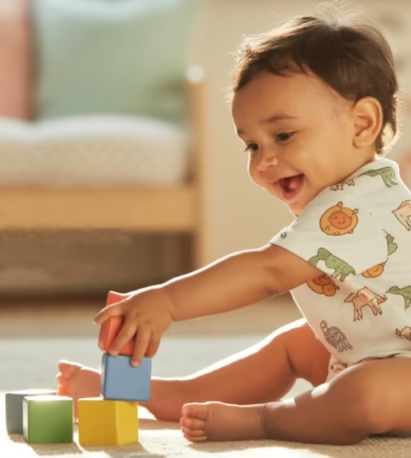
Fort de ses 17 années d'expérience, petelulu propose une gamme complète de services de
des services de fabrication, de la conception à la livraison.
Partez de zéro, créez votre propre marque.
17+
au service des 10 premières marques américaines
15+
au service des 10 premières marques australiennes
12+
au service des 10 premières marques européennes
Contactez-nous pour obtenir un devis.👇
Foundation & Niche Validation
1. Define Your Unique Value Proposition (UVP)
Your UVP is your “why”—what makes your brand distinct from the competition.
-
The Niche: Which age group are you serving (e.g., 6-12M sleep sacks), which specific need are you addressing (e.g., adaptive wear, clothing for babies with eczema), or which product category are you mastering (e.g., footed pajamas, ethical dresses)?
-
The Problem You Solve: Is it ultimate Confort (e.g., tagless designs), strict Sustainability (e.g., zero-carbon footprint), absolute Sécurité (e.g., hypoallergenic fabrics), or unique Style (e.g., Scandi-minimalism)?
-
The Fabric: Fabric is the soul of baby apparel and the key to commanding a premium price:
-
Bambou : Known for softness, breathability, and moisture-wicking properties.
-
GOTS Organic Cotton: The industry’s gold standard for environmental and safety compliance.
-
Merino Wool: Naturally temperature-regulating, often used for high-end sleepwear.
-
2. Market Research & Competitor Analysis
-
Deep Dive: Analyze the top 5 successful baby brands. Examine their pricing strategy, brand voiceet distribution channels.
-
Identify Market Gaps: What is the existing market missing? Is it high-quality gender-neutral basics, high-functionality outerwear, or specialized sizing for specific needs?
-
Target Customer Persona: Is your customer the “eco-conscious working mom,” the “value-driven grandparent,” or the “minimalist urban family”? This informs your design, pricing, and marketing messaging.
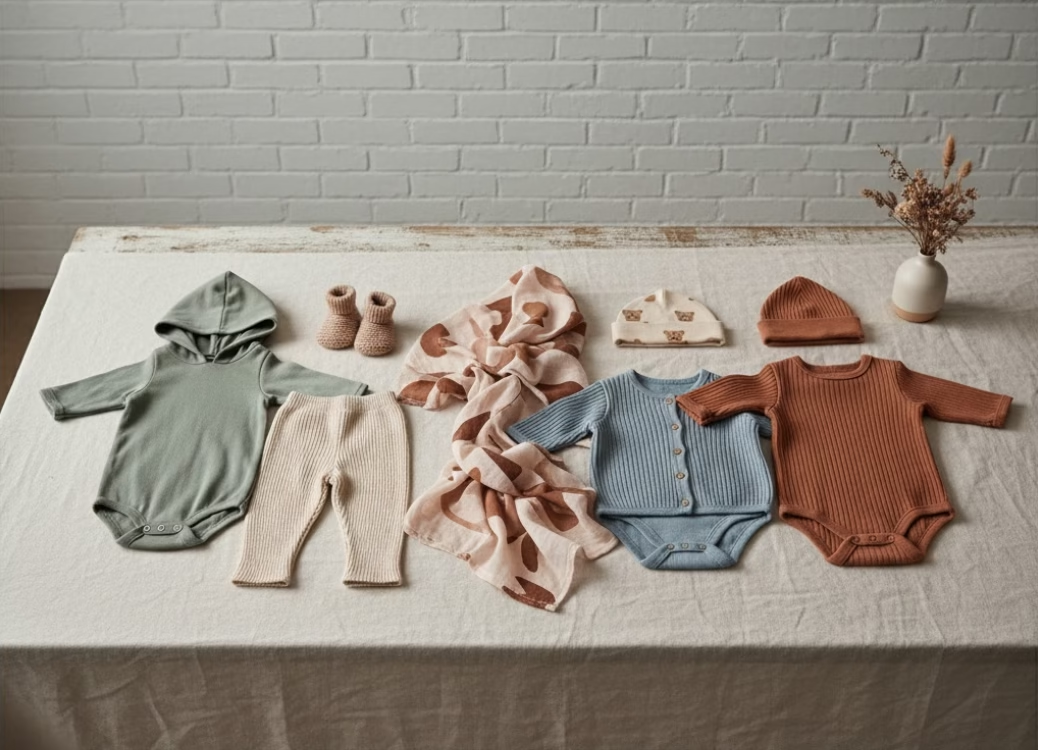
Product Design & Compliance (The Non-Negotiables)
3. Design and Technical Specifications
Product specifications are the only language your manufacturer understands and executes.
-
The Flat Sketch: A basic line drawing illustrating the front and back of the garment.
-
The Tech Pack (Crucial Step): This is the blueprint for your factory and the basis for quotes and production. It must include:
-
Nomenclature (BOM) : Fabric type, weight, and all trim components (snaps, zippers, labels).
-
Detailed Measurements: Clear, specific data for length, chest width, sleeve length, etc.
-
Color Codes: Use globally recognized Pantone Swatch Codes.
-
Détails de la construction : Stitching type (e.g., flatlock seam), specific processes (e.g., heat sealing, print placement).
-
-
Sizing & Grading: Ensuring your garments fit consistently and proportionally across all sizes. Reference international or target market standard sizing charts.
4. Safety & Legal Compliance (CPSIA Focus)
In the infant product space, compliance is the biggest barrier to entry. Safety regulations must be factored into the design phase.
-
CPSIA (Consumer Product Safety Improvement Act): Mandatory for all children’s products sold in the US. Key mandatory tests include:
-
Plomb et phtalates : Must be below mandated limits in all components.
-
Small Parts Testing: Any detachable components must not pose a choking hazard.
-
Essai d'inflammabilité : Especially for children’s sleepwear.
-
-
Étiquettes de suivi : Legally required to be permanently affixed to the garment, showing:
-
Name of the private label or manufacturer.
-
Batch or run number.
-
Location and date of manufacture.
-
-
Record Keeping: Stress the absolute necessity of maintaining all safety test reports (from CPSC-accepted labs) for a minimum of 5 years. This is critical for customs and regulatory audits.
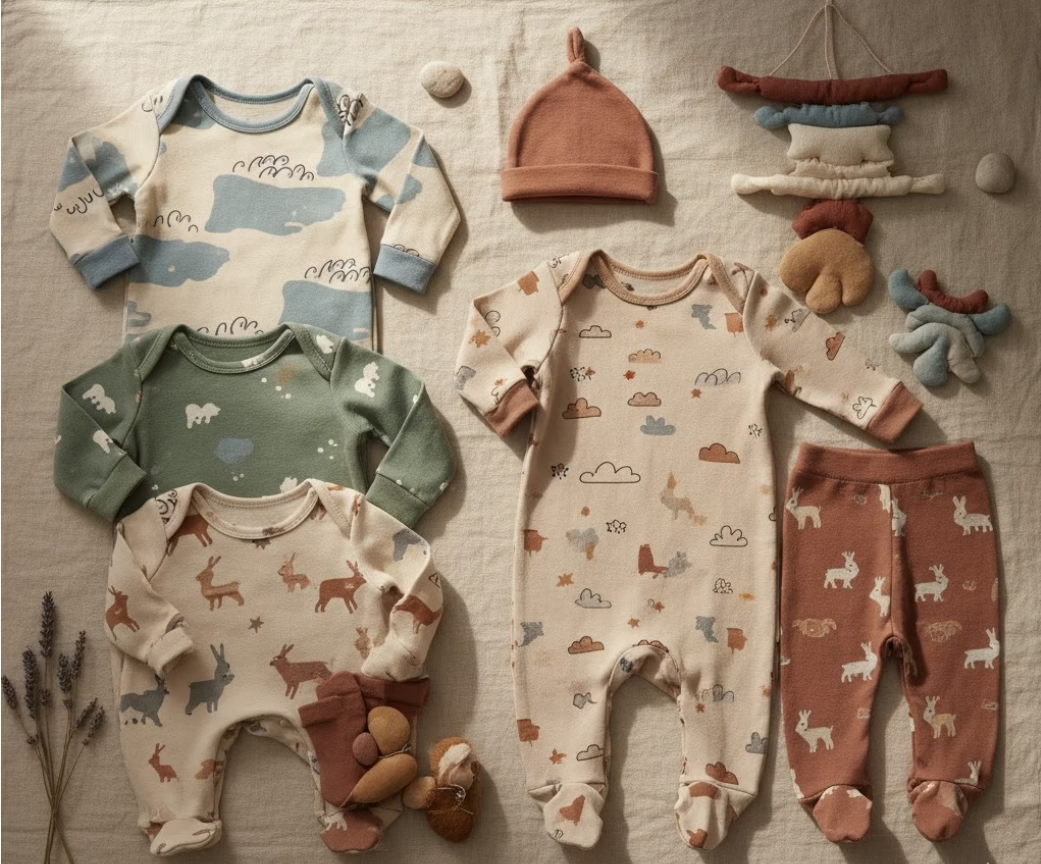
Sourcing & Production
5. Finding the Right Manufacturer
The right partner determines your product quality and supply chain stability.
-
Low MOQ vs. Bulk: Startups should prioritize low-MOQ manufacturers to minimize initial inventory risk and manage cash flow.
-
Domestic (USA) vs. Overseas:
-
Domestic: Pros: Faster speed, easier quality control, better communication. Cons: Higher cost.
-
Overseas (e.g., Vietnam, Turkey, India): Pros: Cost and volume advantage. Cons: Longer lead times and more complex QC management.
-
-
Vetting Checklist:
-
Ask about their social and environmental certifications (e.g., GOTS, Oeko-Tex).
-
Confirm their Quantité minimale de commande (MOQ) et Turnaround Time (Lead Time).
-
Understand their sampling costs and their internal Quality Control (QC) process.
-
6. Sampling, QC, and Finalizing Costs
Production is an iterative process, not a single step.
-
Initial Samples: Checking the feasibility of the design.
-
Second and Final Revision Samples (PP Sample): Checking that the fabric, color, and all technical details match the Tech Pack exactly.
-
Quality Control (QC): Conducted either by you or a third-party inspection company:
-
Stitching Audit: Check all seams for strength and flatness.
-
Trims Check: Ensure snaps and zippers are secure and fully functional.
-
Label Placement: Verify the accuracy and location of tracking and care labels.
-
-
Final Costing (COGS): Locking in the Cost of Goods Sold (COGS) is necessary to accurately calculate your retail price and a healthy profit margin. Aim for a margin of at least 50-65% on the retail price.
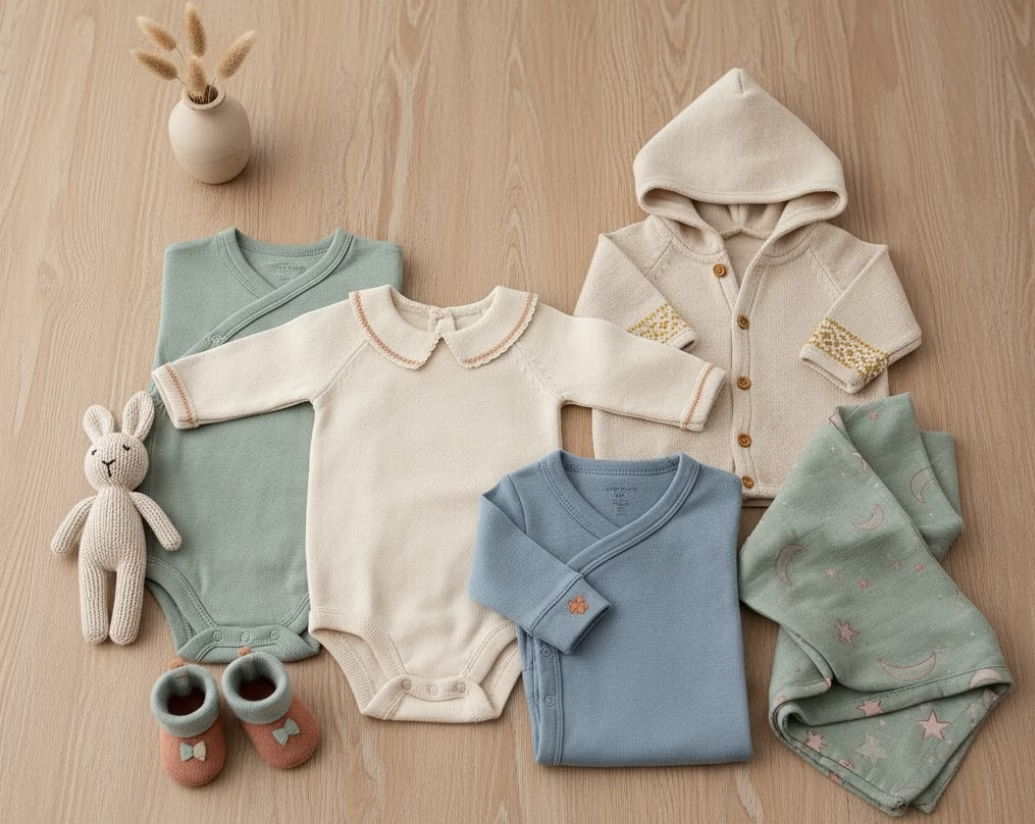
Launch & Scaling
7. Branding & Packaging
In a crowded market, your brand story is key to establishing an emotional connection.
-
Brand Identity: A simple, warm logo, a consistent color palette (e.g., soft neutrals), and a brand story that resonates with parents.
-
Sustainable Packaging: Today’s parents prioritize materials. Using biodegradable mailers, recycled paper insertset custom tissue paper elevates the brand experience.
-
Lifestyle Photography: Invest in high-quality, aspirational product photos. This must include professional flat lays et lifestyle shots capturing babies wearing the clothes in real-life settings.
8. Go-to-Market Strategy
-
Sales Channels:
-
Shopify Store: Offers maximum control and the highest profit margins.
-
Etsy or Amazon: Leverage existing platform traffic for quick market testing.
-
Wholesale: Target high-end baby boutiques to quickly build brand awareness.
-
-
Marketing:
-
Influencer Marketing: Partner with Mom/Parenting Influencers on Instagram and TikTok.
-
Paid Ads: Utilize targeted ads to precisely reach your customer persona.
-
Pre-Launch Email List: Build a robust email list before launch with engaging content and exclusive discounts to ensure a successful first wave of orders.
-
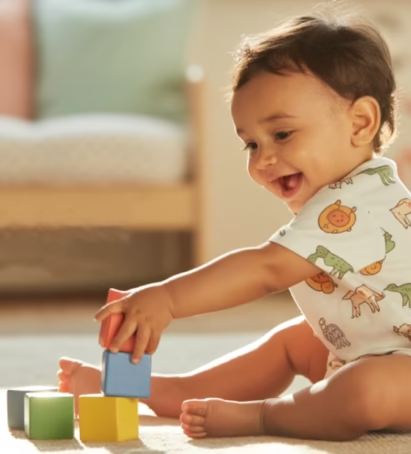
Fort de ses 17 années d'expérience, petelulu propose une gamme complète de services de
des services de fabrication, de la conception à la livraison.
Partez de zéro, créez votre propre marque.
17+
au service des 10 premières marques américaines
15+
au service des 10 premières marques australiennes
12+
au service des 10 premières marques européennes
Contactez-nous pour obtenir un devis.👇
Foire aux questions (FAQ)
Q1: How much capital is needed to start a private label?
A : Startup costs vary widely, from $5,000 to $25,000+. This depends heavily on your initial MOQ, sélection des tissus, sampling costset first-round marketing budget. Start small with a high-margin core product line.
Q2: What are the safest fabrics for baby clothes?
A : Coton biologique certifié GOTS et Oeko-Tex Standard 100-certified bamboo are considered the safest. These certifications ensure the material is free from harmful chemicals throughout the supply chain.
Q3: How long does the sampling process take?
A : Typically, it takes 6-12 weeks from submitting your final Tech Pack to receiving your final approved sample (PP Sample). Always budget time for necessary revisions and re-samples.
A propos de l'auteur
Xhiney, fondatrice de Petelulu, possède plus de 20 ans d'expérience dans la conception, la production et le commerce international de vêtements pour enfants. Elle a contribué à Vêtements pour enfants et Junior Xhiney a passé 17 ans à travailler avec des marques de vêtements pour enfants haut de gamme en Europe et aux États-Unis, apportant son expertise et son soutien.

